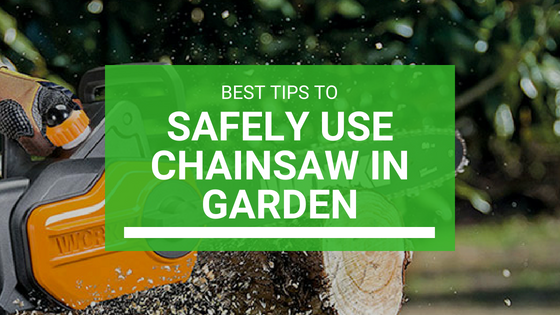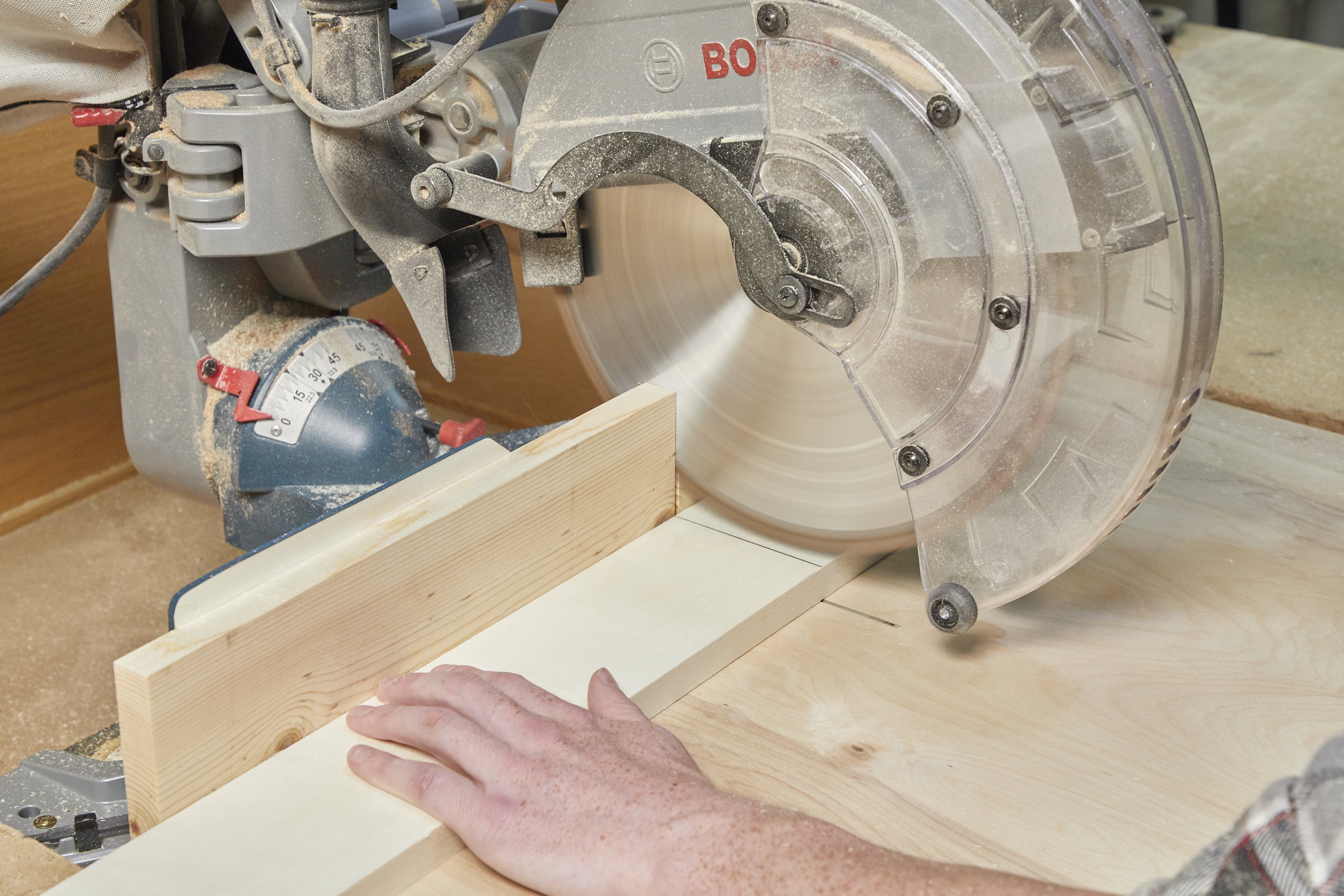A chainsaw is probably the most versatile tool you can own. With this great tool, you can easily turn a fallen tree into your next year’s fuel. However, chainsaws can be very dangerous if not used correctly.
Centers for Disease Control and Prevention indicate that approximately 36,000 people sustain injuries from chainsaws every year. A chainsaw injury will require 110 stitches and it’s very expensive to treat. Before you do anything, take time and read the instruction manual thoroughly.
Here are 5 great tips for using a chainsaw.
1. Learn How to Prevent Injuries
As a chainsaw operator, it is important to remain aware of the risks. Most chainsaw injuries occur on the thigh and left arm but they can be completely eliminated by taking very simple precautions.
Always hold the chainsaw correctly. First, wrap your left hand’s thumb around the front handle when cutting. This will ensure that the saw is kept under control when cutting and in the event, there is a kickback.
Secondly, when carrying your chainsaw over uneven ground, be sure to turn the motor off to prevent injuries if you stumble and fall. Remember to carry a phone or a whistle in case you need to call for help. Check out the Chainsaw Geek website for some more tips and tricks on how to use a chainsaw correctly.
2. Always Wear a Safety Gear
Always wear protective gear before using a chainsaw. Personal protective equipment such as steel capped boots, gloves, helmet, ear defenders and eye visors will protect you from the risks of the saw and flying debris. Avoid wearing loose clothing that could get caught up in the chain such as scarves and skirts. Your clothes should conform to your body as much as possible.
3. Keep the Chain Sharp
A sharp chain will make better cuts and will require little force on the bar. A dull chain, on the other hand, will require a lot of force to make a cut. Always keep the chain sharp. Read the manufacturer’s instructions on how to maintain and sharpen the chain saw.
Some chains can only be sharpened using specific sharpening devices, therefore, you should not sharpen them manually. It is always advisable to have the chain and depth gauges sharpened by a professional.
4. Avoid the Kickback Zone
When using a chainsaw, avoid the kickback zone at all costs. The kickback danger zone is the top of the tip of the bar. Avoid sawing using this part of the chainsaw because by doing so, you will increase the chances of experiencing kickback. Be extra careful when removing branches since a kickback can occur during limbing when the nose of the bar strikes the log.
5. Chainsaw Maintenance Is Very Important
Your chainsaw is a tough power tool but it requires regular maintenance to keep it running smoothly and safely. Once you have finished using the chainsaw, ensure that you clean it to remove build up of oil, dirt, and sap that cause unnecessary wear and tear.
If the air filter is particularly dirty, you can wash it with warm soapy water and scrub it gently with a brush. Clean the chain brake band and tighten screws and bolts from time to time. Lubricate the chain saw in order to extend its lifespan.










